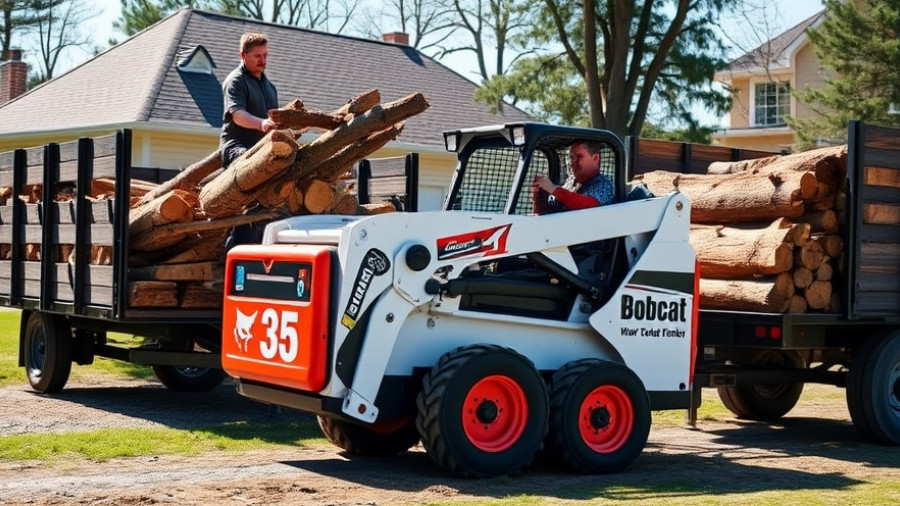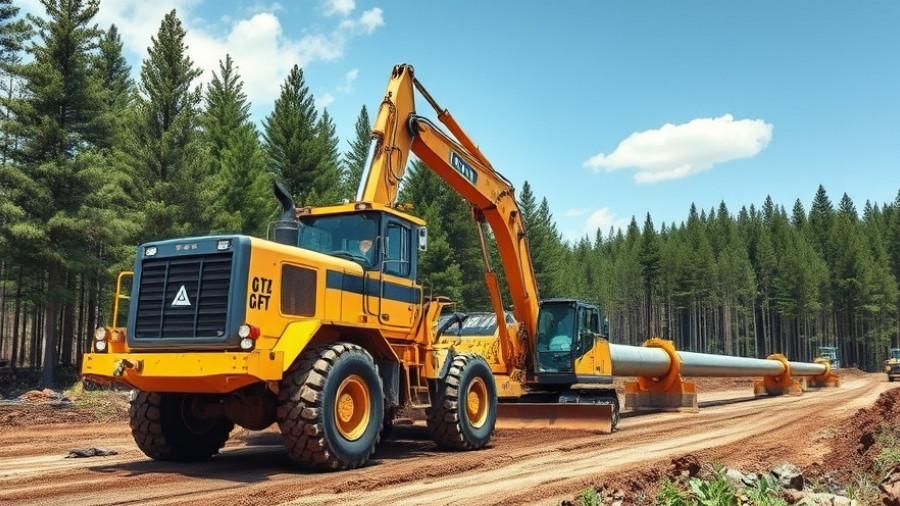
Transforming Infrastructure: Completion of the Park Avenue Viaduct Phase 1
The recent completion of the first phase of the Park Avenue Viaduct project represents a significant achievement in New York's ongoing efforts to modernize its aging infrastructure. General contractor Halmar International has successfully replaced 8,240 feet of deteriorating track through 128 bridge installations, delivering the project under budget by $93 million and ahead of schedule by an astonishing 51 months.
A Closer Look at the Engineering Innovations
This ambitious project showcases innovative engineering practices. Utilizing a custom-built gantry system, crews lifted 190,000-pound bridge sections without disrupting Metro-North service, allowing them to work over 19 weekends without incurring costly service shutdowns. This methodology, proposed during the design-build phase, accelerated multiple project phases simultaneously, demonstrating the benefit of collaborative planning between the contractor and the MTA.
The Importance of Upgraded Infrastructure for Communities
Infrastructure projects like this are not just about steel and concrete; they play a critical role in community building. New York Governor Kathy Hochul remarked on the transformability of New York's infrastructure when proper investment is made, emphasizing that this project enhances the reliability of transit for hundreds of thousands of Metro-North riders daily. It connects commuters from various regions—including the Bronx, Westchester, and even Connecticut—directly to Grand Central Terminal.
Anticipated Benefits and Economic Impact
As New York continues to see a robust recovery from the COVID-19 pandemic, the benefits of this project extend far beyond immediate construction. An updated Park Avenue Viaduct is expected to improve commuter experience, thereby encouraging economic activity in neighboring communities. Enhanced reliability in transit systems can lead to increased ridership, which positively affects local businesses.
Future Phases: Sustainability and Continued Improvements
While phase one is officially complete, plans for phase two are already in motion, targeting the section from East 127th to East 132nd Street. The goal is to maintain momentum while employing similar innovative strategies to minimize disruptions and keep costs under control. According to MTA reports, phase two is expected to be finished by September 2027, continuing the trend of modernizing this crucial infrastructure while honoring its historical significance.
How This Project Sets a Precedent for Future Infrastructure Work
The Park Avenue Viaduct replacement highlights a key shift in how large-scale infrastructure projects can be implemented in urban settings. With MTA Chair and CEO Janno Lieber noting that this project exemplifies shifts towards 21st-century infrastructure planning, it sets a desirable precedent. By applying cost-effective, modern approaches to infrastructure upgrades, other cities might adopt similar methods, pushing forward a nationwide improvement agenda.
Concluding Thoughts: A Vision for the Future
As we look toward the future of New York's infrastructure, the Park Avenue Viaduct replacement illustrates what can occur when innovation meets necessity. The commitment from both the government and contractors points to greater accountability and effectiveness. For residents, this means a safer, more reliable commute—which is precisely what investing in transit should deliver. The momentum gained through these efforts is hopeful; with continued dedication, more transformative projects will emerge, further revitalizing urban environments across the country.
This project illustrates that significant infrastructure improvements can be achieved without sacrificing on budget or timelines, paving the way for future endeavors. As we celebrate the completion of phase one, it’s imperative for stakeholders to keep this momentum alive and invest in sustainable practices for future infrastructure projects.
 Add Row
Add Row  Add
Add 




Write A Comment